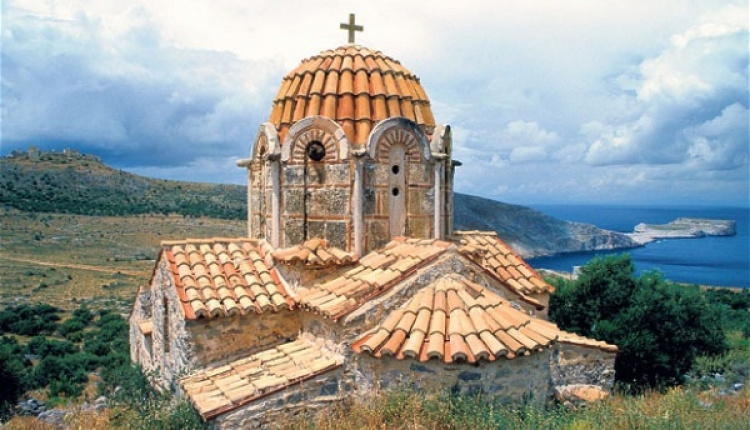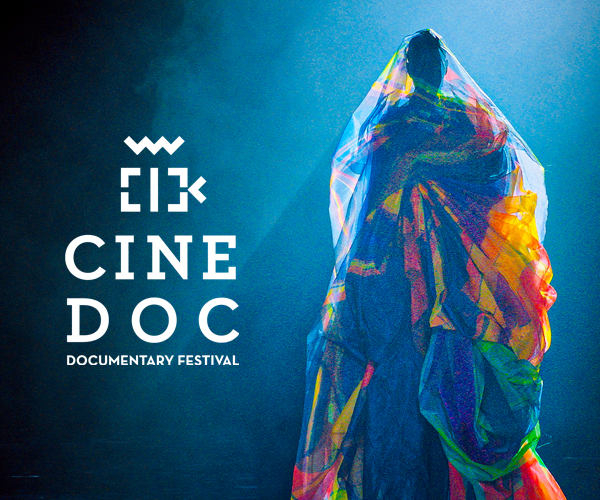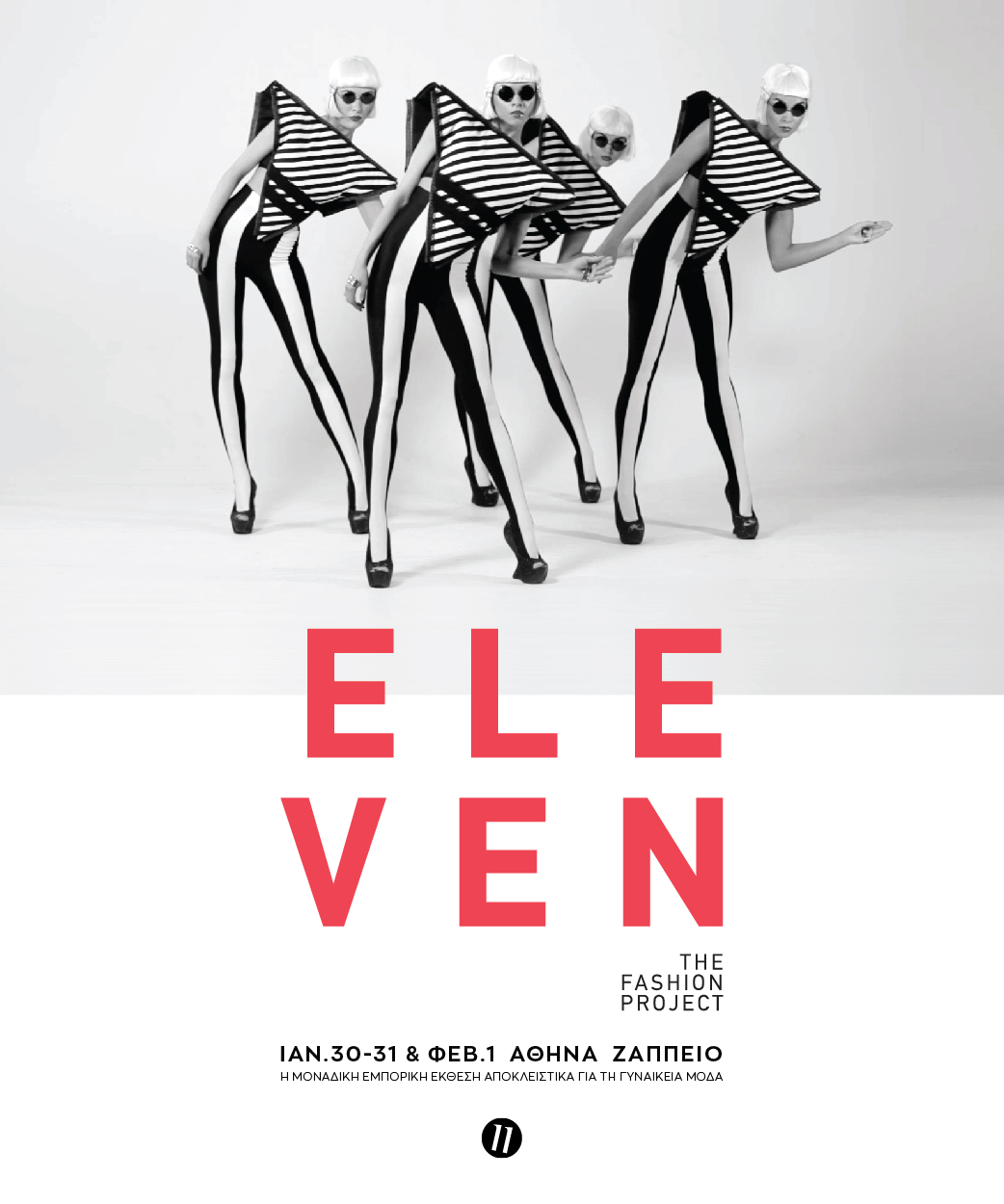It is such a dry area that a French traveller in the 18th century recorded the following.
“When a Kakavoulian gets married, his first job is to measure how much water is in the cistern because it is one of the most important dowry gifts. Whoever lavishes a lot of water on the wedding is considered rich. This extravagance makes an impression and all the region learns about how much water the in-laws drank.”
Driving on each of the coasts is also very different. On the west side the road enjoys a relatively straight course on a wide plateau whereas the mountains come dramatically down to sea level on the east coast, causing the road to bend and twist. This is not their only difference. The west coast is all about tower villages and churches; the east offers a greater number of swimming opportunities in a series of small, fairly secluded pebbly coves, many of which have beach side tavernas. Whatever your chosen itinerary, it is a “must do” experience – the combination of the harsh landscape and rugged coastline, the austere tower houses and their violent history and the religious fervour intrinsic to every one of the numerous churches, gives the area a unique, mystical quality, appropriate for an area right on the fringes of Europe.
For a really full day out, or to stay overnight to enjoy a couple of days in the area, there is the possibility of combining this “loop” with a visit to Cape Tainaron.
Having said this, over recent years the possibilities of staying in this area for the duration of your holiday have increased markedly, as a number of quality hotels and guest houses have sprung up. A holiday here would very much have more of a feel of “off the beaten track” when compared to a stay in the Outer Mani and you are far more likely to meet domestic tourists than foreign ones.
Source: Insidemani.gr



